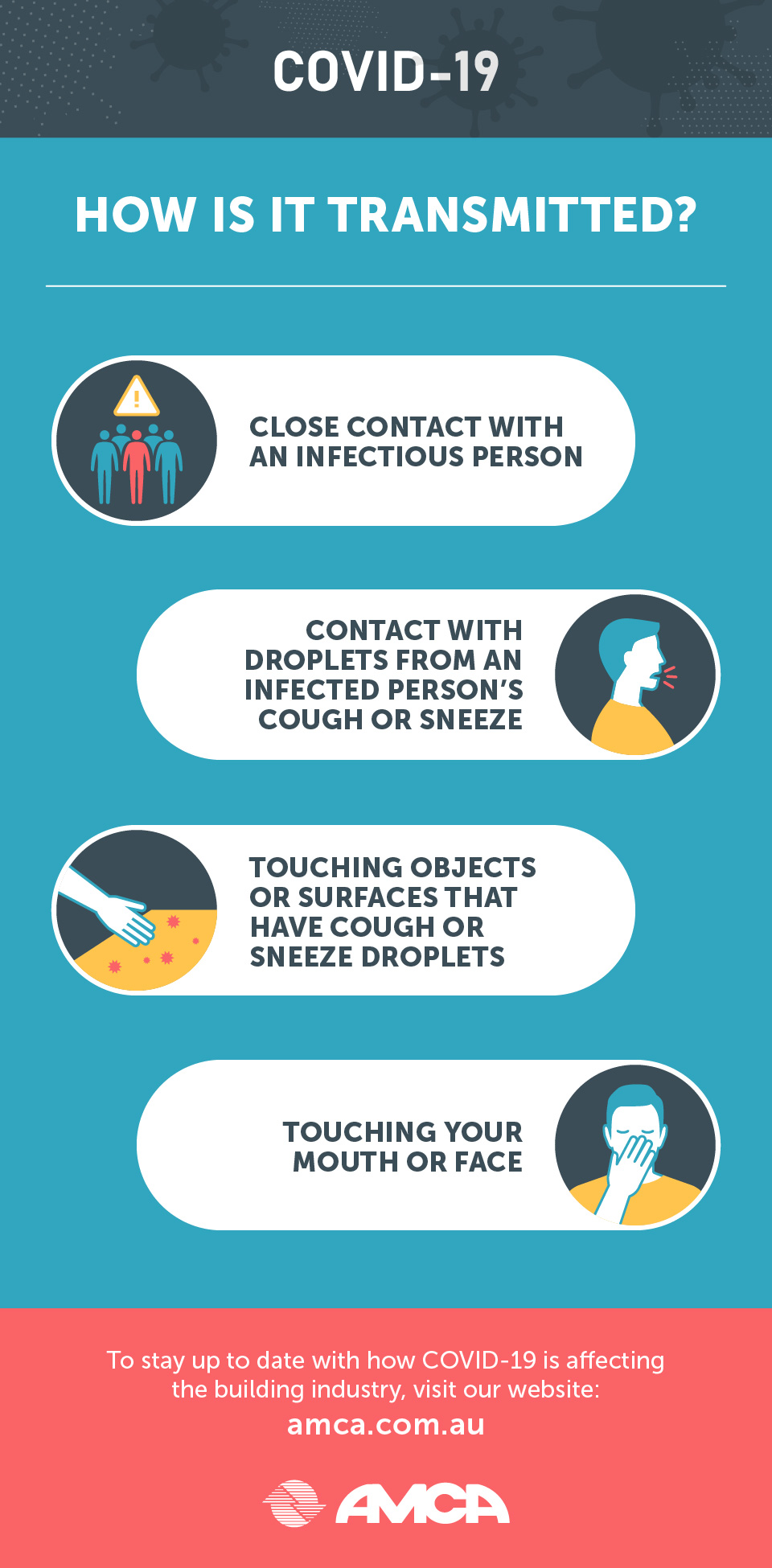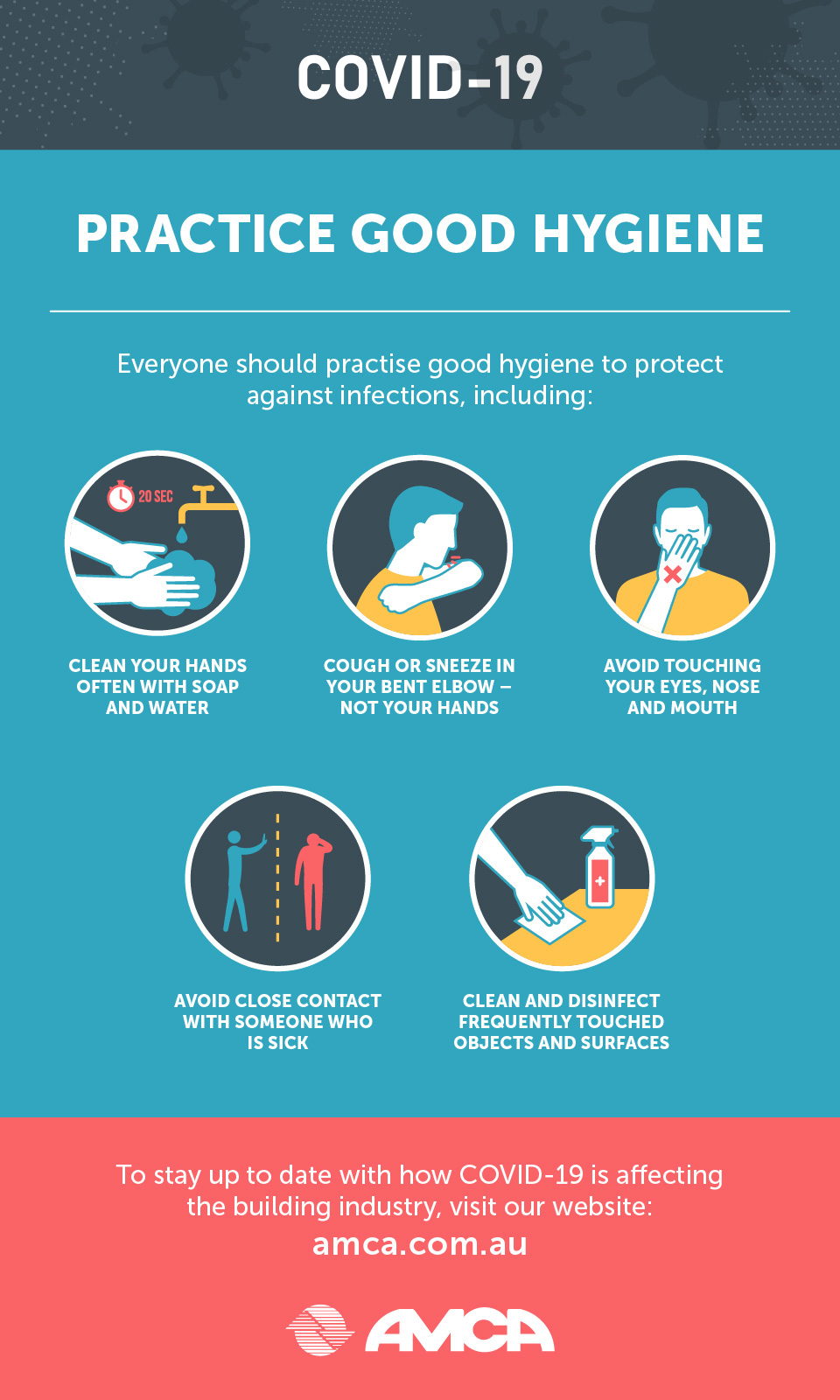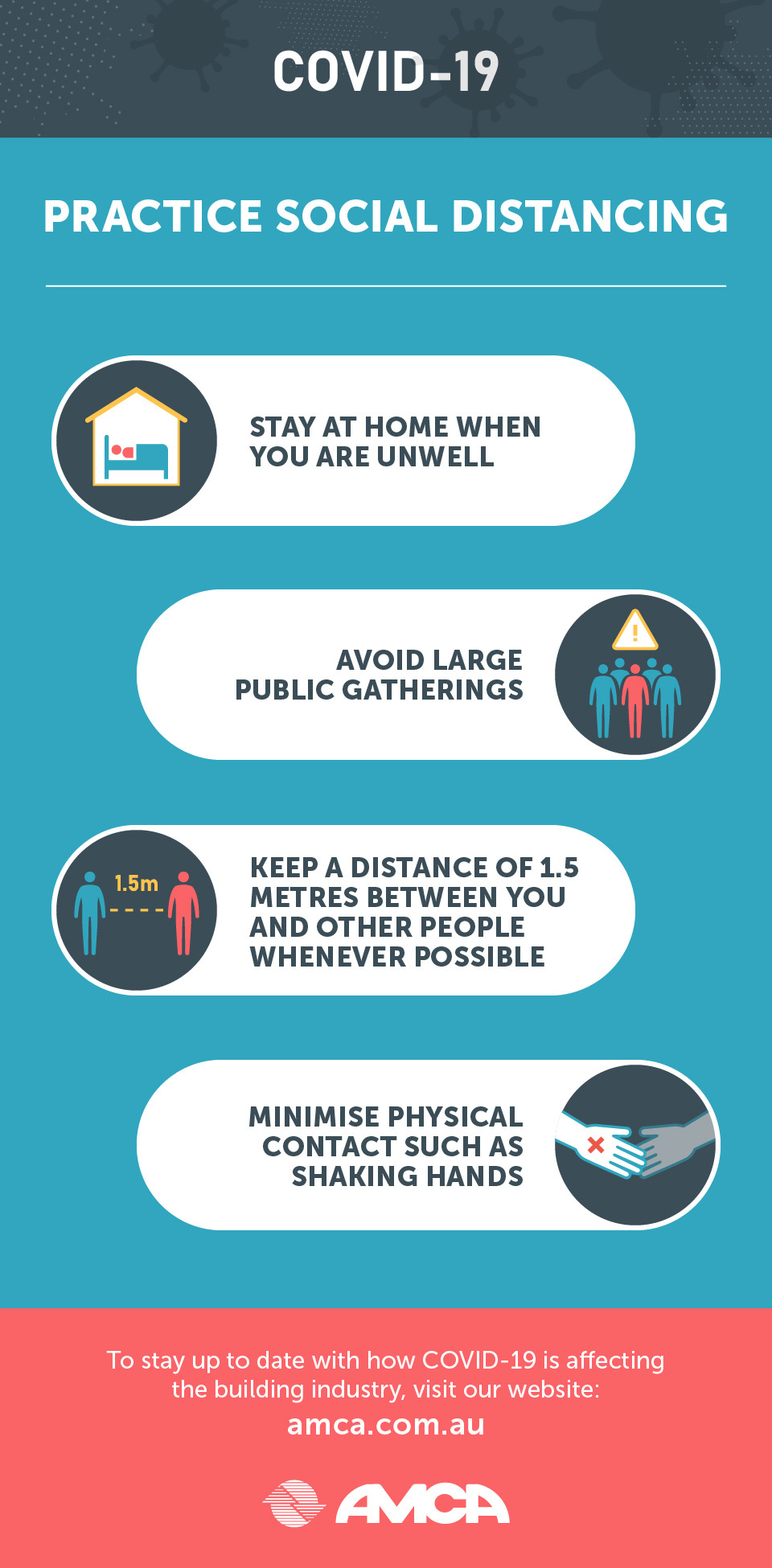What we know
What is it?
COVID-19 is a novel respiratory disease that was first detected in China and has now been detected in more than 100 locations internationally, including Australia. On January 30, 2020, the World Health Organisation declared the outbreak a public health emergency. The virus itself has been named "SARS-CoV-2", and the disease it causes is called "coronavirus disease 2019" (abbreviated to "COVID-19").
A respiratory illness, the symptoms of COVID-19 range from a mild cough to pneumonia. Some people recover easily; others may get very sick very quickly. There is evidence that it spreads from person to person; however, good hygiene can prevent infection.
How contagious is it?
Some viruses are highly contagious, while other viruses do not spread as easily. A key factor is whether the virus spreads continually without stopping. The virus that causes COVID-19 seems to be spreading easily and sustainably in the community (“community spread”) in affected geographic areas.
How is it transmitted?
There is evidence that the virus spreads from person-to-person, most likely through:
- Close contact with an infectious person
- Contact with droplets from an infected person’s cough or sneeze
- Touching objects or surfaces (doorknobs, tables, etc.) that have a cough or sneeze droplets
- Touching your mouth or face
Current advice indicates that people are most contagious when they are most symptomatic (the sickest), although some spread might be possible before people show symptoms. There have been reports of this occurring with COVID-19, but is not thought to be the primary way the virus spreads.
What are the symptoms?
The main symptoms associated with COVID-19 appear for around two to fourteen days after exposure and include:
- Fever
- Sore throat
- Cough
- Tiredness
- Shortness of breath or difficulty breathing
How severe is it?
Most people infected with COVID-19 will only have mild symptoms and fully recover. Yet, some people are more at risk.
Symptoms from reported cases of COVID-19 have ranged from mild, including little or no symptoms, to severe illness, including death in some cases. The vast majority of people who have contracted the new coronavirus to date have recovered or are recovering.
Who is most at risk?
Older age groups, especially those with underlying health conditions, are most at risk. There have been relatively few COVID-19 infections among children. Health workers are also at risk, which is a key concern for public health authorities due to the importance of health workers to our ability to manage the outbreak.
How is the virus treated?
There is no specific treatment for coronaviruses. Antibiotics are not effective against viruses; however, most symptoms can be treated with supportive medical care.
Preventitive measures
Reduce the risks
Public health officials and experts are encouraging all individuals, businesses and the community at large to do their part to respond to the emerging public health threat posed by the virus.
Individuals should familiarise themselves with recommendations of common-sense preventative measures, seek immediate medical advice should they notice symptoms and isolate themselves should they suspect or be diagnosed with COVID-19.
Businesses are encouraged to take informed and measured action to mitigate risks and to prepare their response for a confirmed case within their workplaces or broader communities.
Practice good hygiene
Everyone should practise good hygiene to protect against infections, including:
- Clean your hands often with soap and water
-
Cough or sneeze in your bent elbow -- not your hands
- Avoid touching your eyes, nose and mouth
- Avoid close contact with someone who is sick
- Clean and disinfect frequently touched objects and surfaces
Practice social distancing
Social distancing is one of the most effective measures for preventing the spread of the virus.
- Measures of social distancing includes:
- Staying at home when you are unwell
- Avoiding large public gatherings
- Keeping a distance of 1.5 metres between you and other people whenever possible
- Minimising physical contact such as shaking hands
Confirmed or suspected cases
Diagnosis
If you become unwell and think you may have symptoms of coronavirus, seek medical attention. Call ahead of time to book an appointment. Tell your doctor about your symptoms, travel history and any recent close contact with someone who has coronavirus. If you must leave home to see your doctor, wear a surgical mask to protect others.
Treatment
There is no treatment for coronavirus, but medical care can treat most of the symptoms. Antibiotics do not work on viruses. If diagnosed with coronavirus, isolate yourself in your home.
Isolation
If you have been diagnosed with COVID-19, you must stay at home to prevent it spreading to other people. You might also be asked to stay at home if you may have been exposed to the virus. All people who arrive in Australia from midnight 15 March 2020, or think they may have been in close contact with a confirmed case of coronavirus, are required to self-isolate for 14 days.
Being isolated at home means that people need to stay at home. A person in isolation cannot leave to attend public places, including work, school, childcare or university. Only people who usually live in the household should be in the home. Do not see visitors. Ask other people to get food and other necessities for you and leave them at your front door.
Download the home isolation factsheet here.
Returning to the community
People who have been in home isolation and have completed their 14 day period without showing signs or symptoms of being unwell are permitted to return to their daily activities including going to work, school, university, attending public places and using public transport.
Download the Returning to the community factsheet here.



